TRAIN TRACKS

This puzzle is called Train Tracks, this is a delicious logic puzzle full of subtlety.The goal is to find the path the train has to travel along to get from one arrow to the other. The train moves from one square to another in a straight line or a curve. The railroad must never be crossed. To help you, certain portions of the path are indicated on the grid, and the numbers around the grid indicate the number of tracks that are in the corresponding column or row.
What is fascinating about this puzzle is that it comes in different sizes ranging from 6x6 up to 24x24. The usual sizes the most often used is 6x6,8x8 and 10x10. I have also created a variation with four grids (multi-grids).
RESOLUTION EXAMPLE
We will solve the following game (Fig. 1) to show you the simplicity and richness of this game. I have added coordinates to facilitate my explanation. The columns are identified by numbers from 1 to 6 (at the bottom of the grid, not to be confused with the indices at the top of the grid) and the rows with letters from A to F on the right.
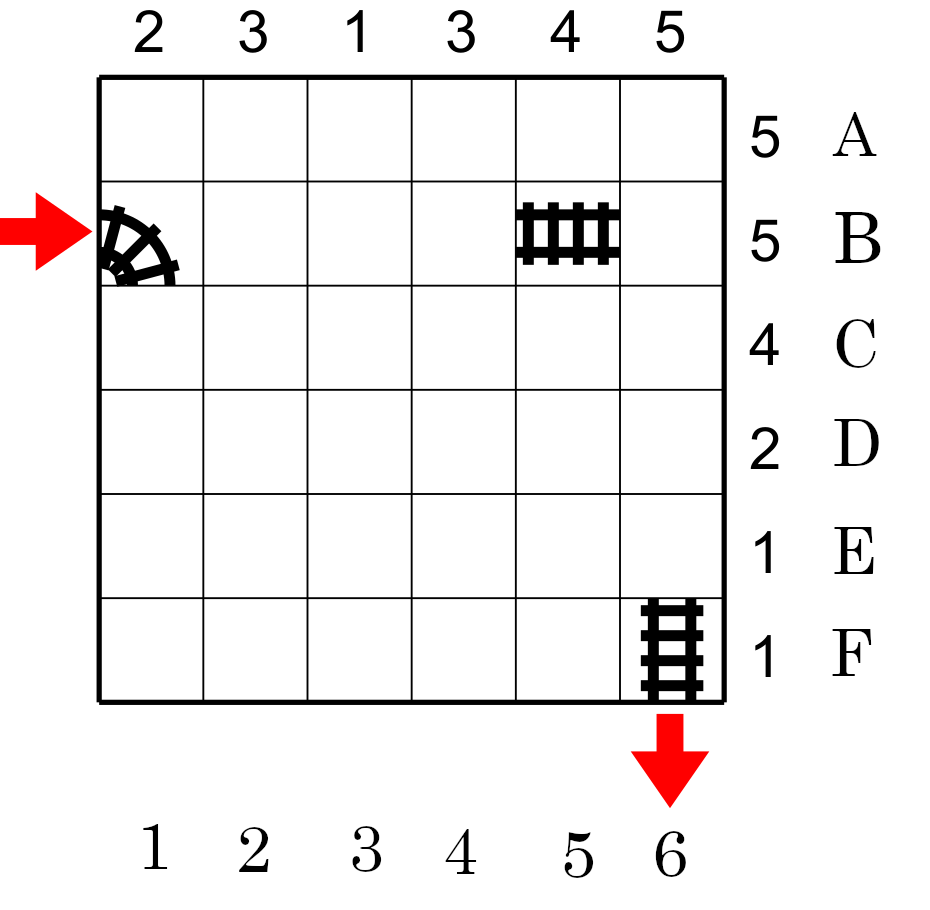
Because the game involves finding the correct path by providing clues, a good strategy is to eliminate the cells where we are sure there are no tracks and to mark the cells where it is certain that there are tracks—even if we do not know the type of track (straight or curved).
At the beginning, we complete the rails that are already indicated. The track in B5 continues to B4 and B6, but we do not have sufficient information to know exactly which kind of track (straight or curve); therefore, we note these cells with a question mark ‘?’ (you could use any other symbol you like). The track in B2 continues in C2; however, because column 1 can only admits 2 cells with rails, and column has already 2 cells with rail then C2 must turn, we can therefore identify the track on C2 as a curve. We continue the F6 track to E6 with a question mark (see Fig. 2).
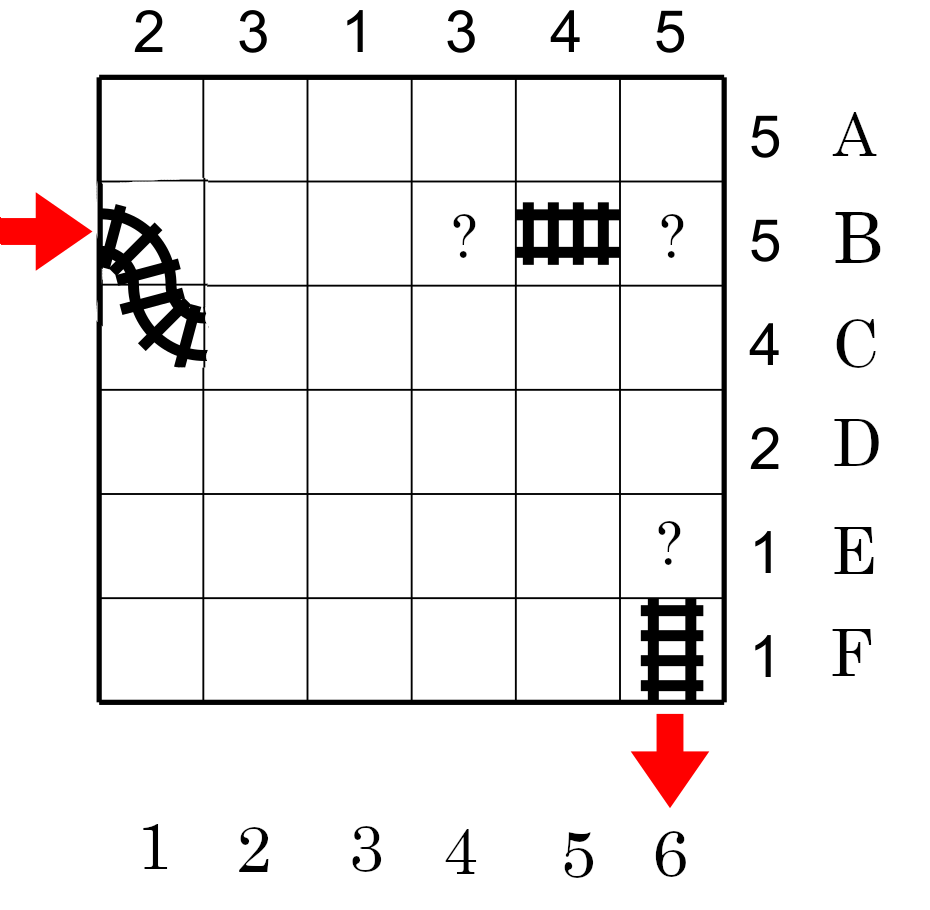
Now, we can eliminate the cells where there is no rail. Because column 1 must has 2 tracks, and we have identified where the two tracks belong, we eliminate the other cells with X. Rows F and E already have all their rails; hence, we eliminate the other cells on these rows (Fig 3).
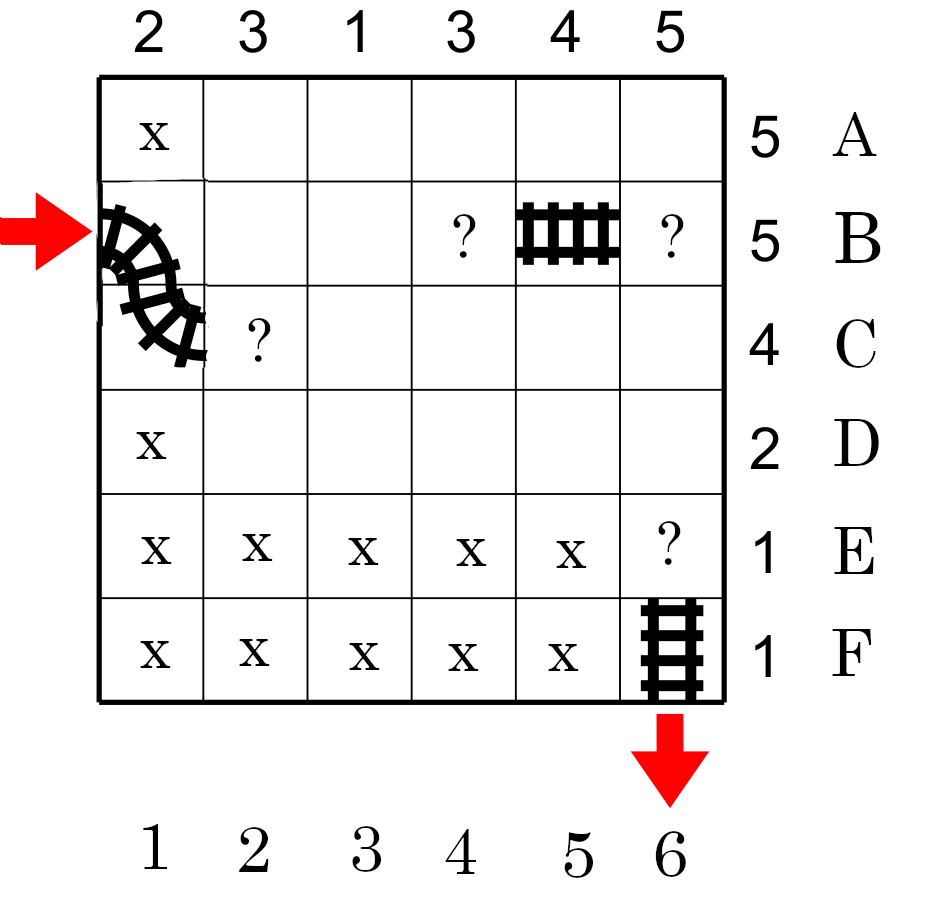
We are able to determine that E6 must be straight (Fig. 4)
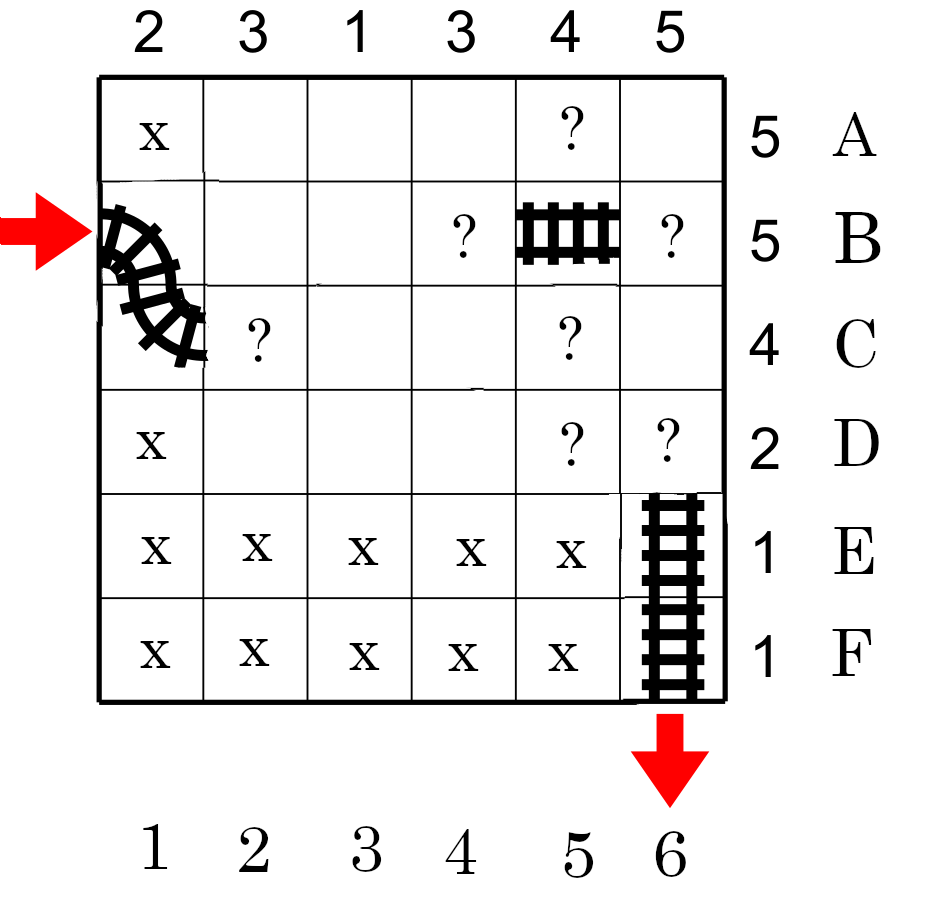
Because there are 3 empty cells left on column 5, and there are left 3 cells with rails to add, we can identify these cells with ? (Fig. 5).

Now, we have sufficient information to eliminate all the empty cells by first eliminating the cempty cells on row D with X. Then the columns 2 and 4 have each two empty cells and this is exaclty the number of the cells with rails that must be put on these two columns. We mark the empty cells on these two column (2 and 4) by the ?. By the same approach we can easyly indentifiy all the cells (Fig 6)
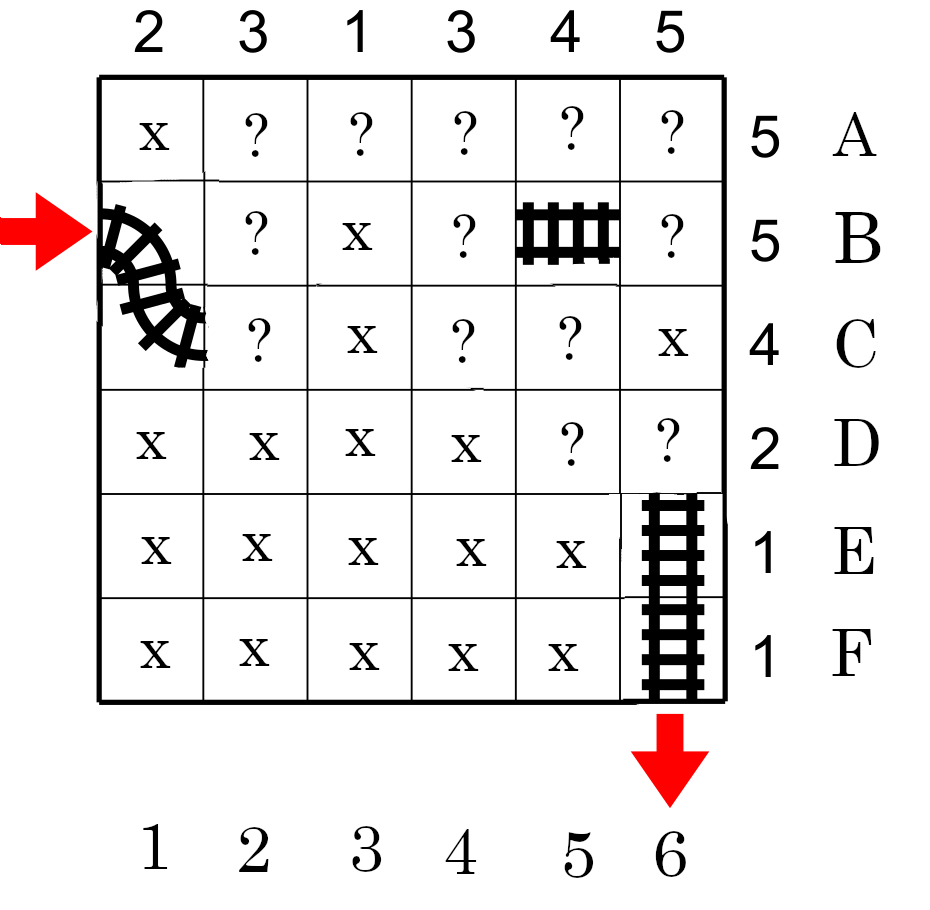
It becomes easy to identify tracks. Thus, C3 must be a curve, and B3 must be straight so that A3 must also turn. In fact, it is a question of identifying as much rails as possible by applying this reasoning while remembering that the path must never cross. Therefore, you should easily come to the solution (Fig. 7).
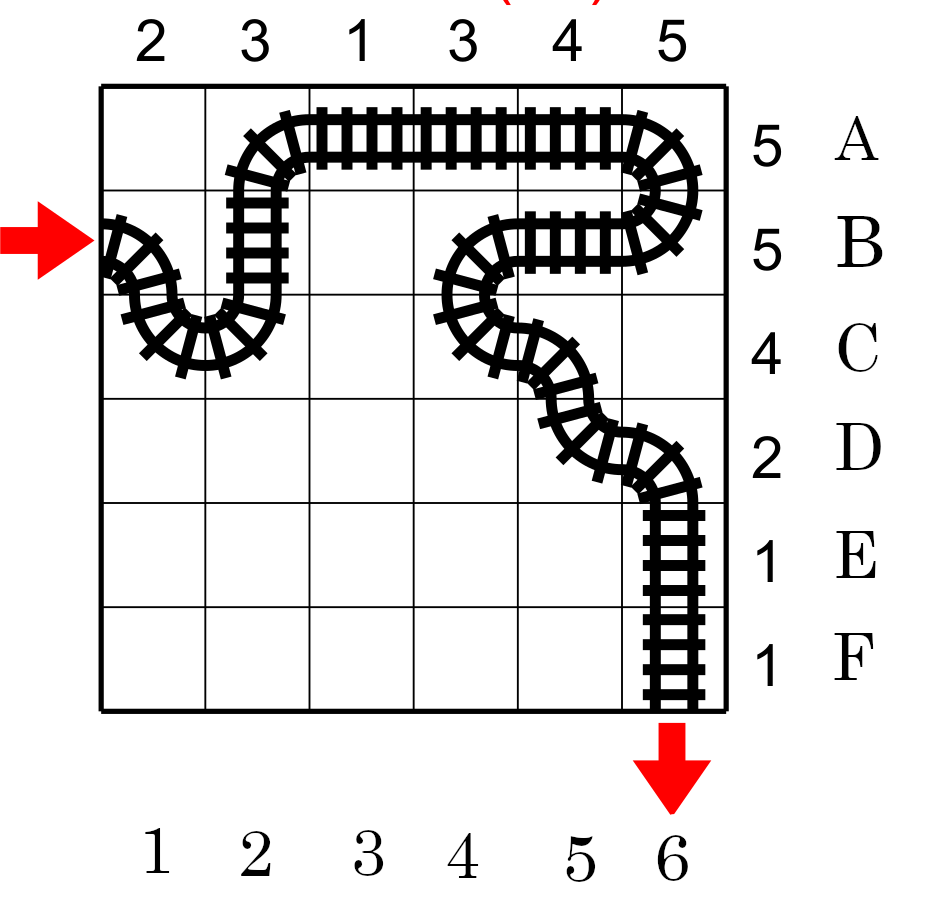
This puzzle was easy but with greater size you could find more challenges.
MULTI-GRIDS
For this variation the path goes across four grids like this:
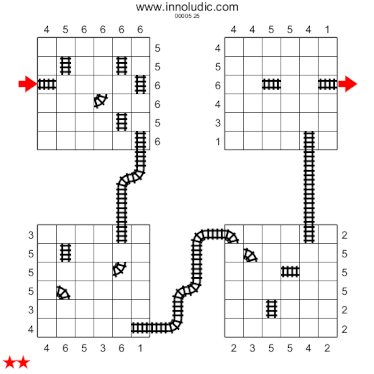
and the solution:

As you see the four grids are interrelated. The multi-grids comes in three sizes: 6x6, 8x8 and 10x10.
To best way to appreciate this puzzle is by resolving it... Try it!



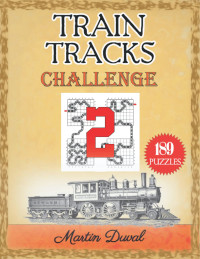

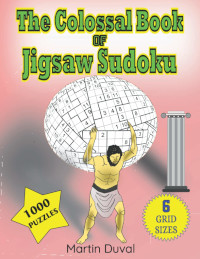




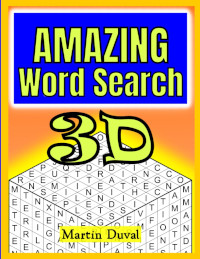






Comments powered by CComment